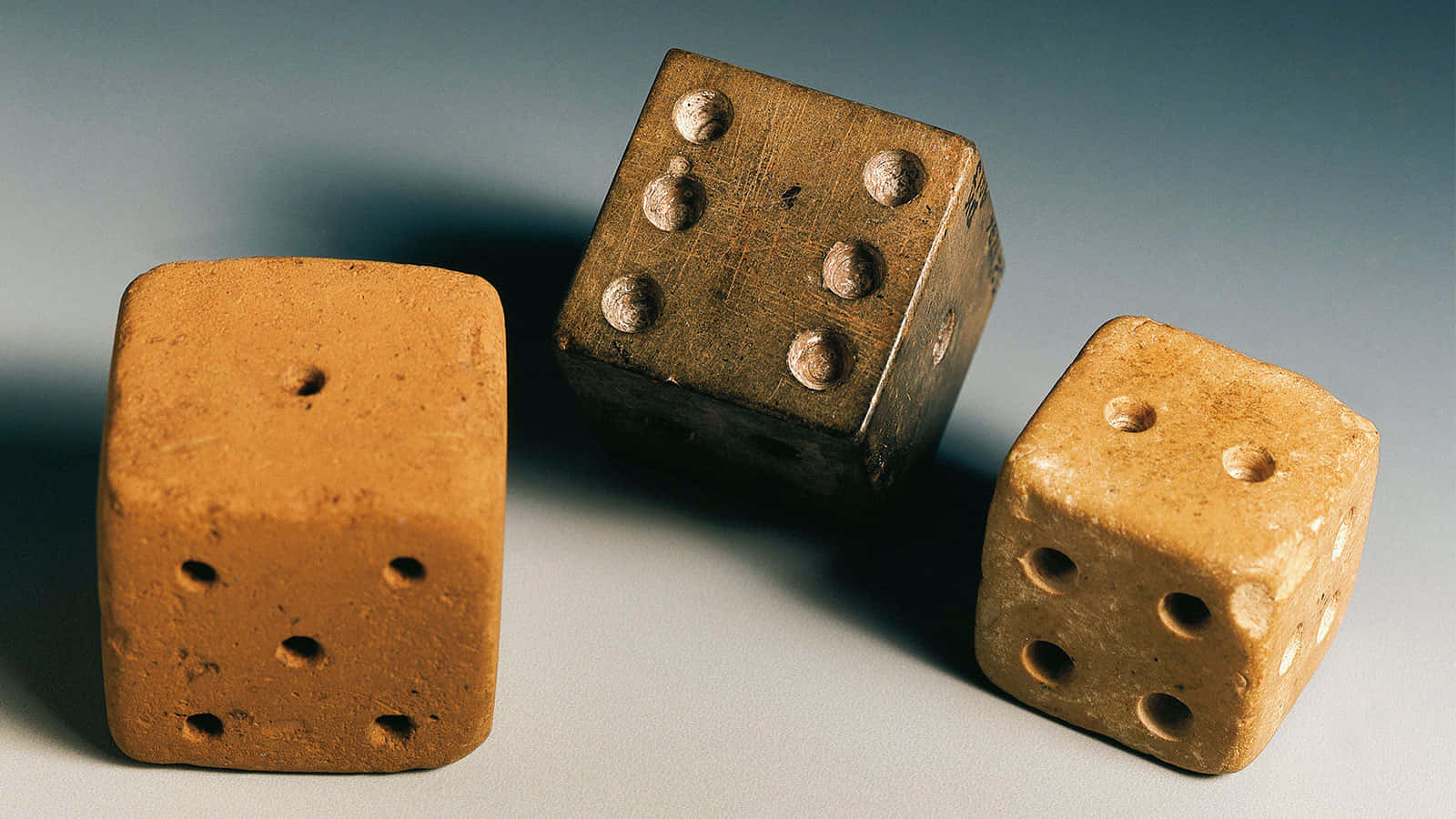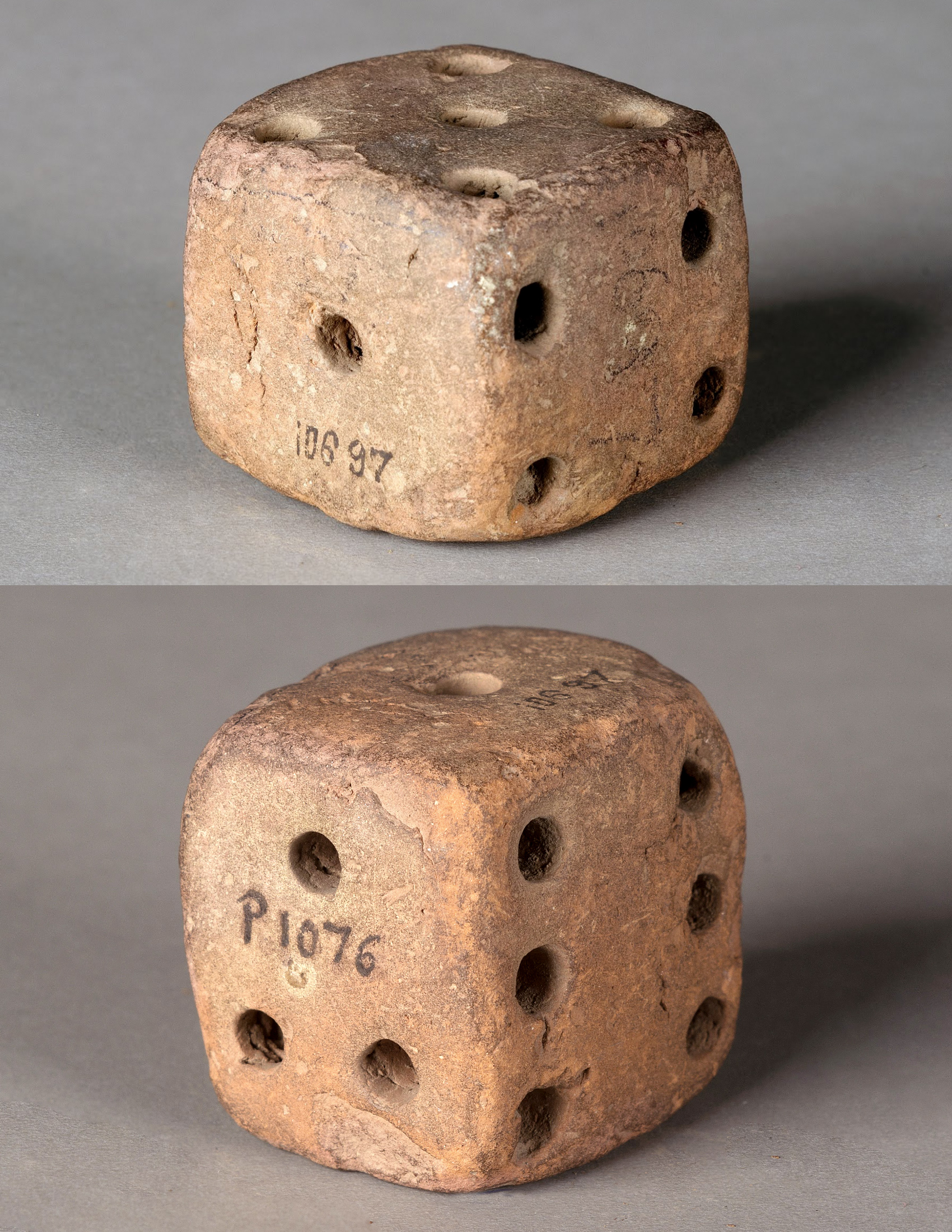Terracotta Dice from Harappa: Insights into the Ancient Indus Valley Civilization
The discovery of terracotta dice from Harappa, an ancient city of the Indus Valley Civilization, offers a fascinating glimpse into the recreational activities and cultural practices of this enigmatic civilization. Dating back to 2600-1800 BC, these dice provide valuable insights into the daily lives of the people who once inhabited these ancient lands, now located in present-day Pakistan.

The Indus Valley Civilization, one of the world’s oldest urban civilizations, flourished along the Indus River and its tributaries. The discovery of terracotta dice highlights the importance of leisure activities in the lives of its residents. Dice games were likely a popular pastime, providing entertainment and fostering social interaction among the ancient Indus people.

The craftsmanship of the terracotta dice is remarkable, showcasing the skill and artistic sensibilities of the Indus Valley artisans. The dice are intricately designed, with carefully marked numbers or dots, indicating their use in gaming activities. These artifacts serve as a testament to the ancient civilization’s ability to create functional objects with aesthetic appeal.
The presence of dice also suggests the existence of a well-organized society with rules and structures for leisure activities. It provides evidence of a complex social fabric that valued recreation and the pursuit of leisure, alongside the more commonly studied aspects of urban planning, trade, and governance.

The significance of the terracotta dice extends beyond their role in ancient gaming. They serve as tangible links to the past, connecting us to the daily routines, joys, and interactions of the Indus Valley Civilization. They offer a window into the lives of ordinary people who lived thousands of years ago, reminding us of the common threads that bind humanity across time.
The discovery of these terracotta dice from Harappa enriches our understanding of the Indus Valley Civilization and its cultural practices. They provide a glimpse into the recreational activities and social dynamics of an ancient society, shedding light on the multifaceted nature of human life in the distant past.